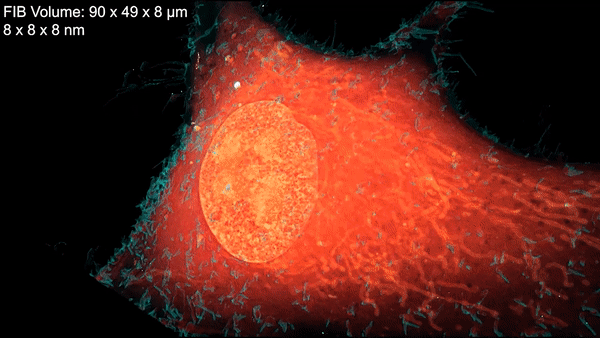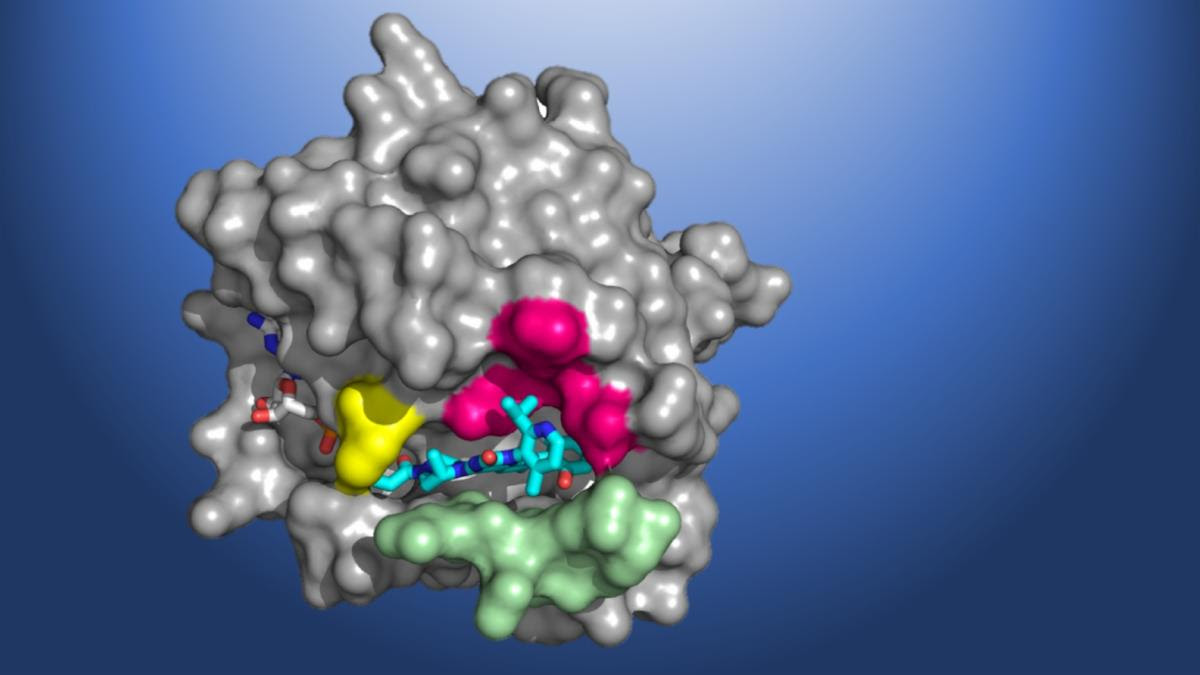X-Ray Technology Sheds New Light on Antibiotic Synthesis

Atomic-scale structural analyses performed at Berkeley Lab’s Advanced Light Source (ALS) are helping scientists understand the inner workings of the enzyme “assembly lines” that microbes use to produce an important class of compounds, many of which have uses as antibiotics, antifungals, and immunosuppressants.
These cellular machines, known as nonribosomal peptide synthetases (NRPSs), are large, multi-enzyme clusters that synthesize compounds by passing a precursor molecule from one module to the next, with each “station” catalyzing a change in the molecule. In the past decade, researchers have learned a great deal about how individual NRPS modules work, but an understanding of how the assembly lines function as a whole has been lacking. In the hopes of eventually engineering custom NRPSs to make new and improved medicines, a team led by McGill University began investigating the bacterial NRPS that synthesizes the antibiotic gramicidin.
More »






